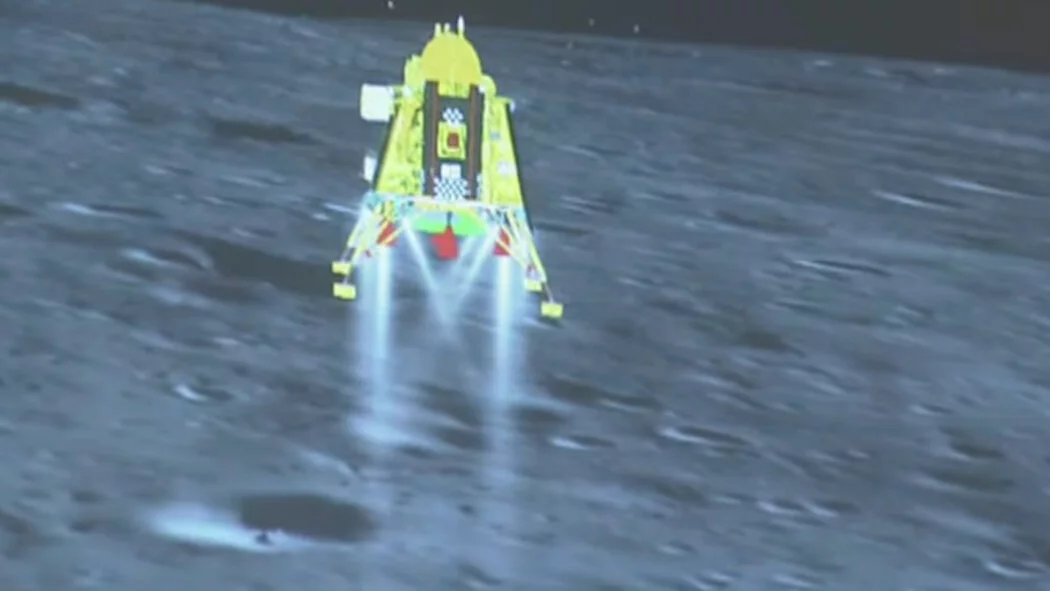A well-known Chinese scientist has raised questions about India successfully landing its Chandrayaan-3 rover on the moon just the previous month, Time.com reported. Ouyang Ziyuan, hailed as the father of China’s lunar probe program, said that some of the claims about this may be exaggerated.
The historic occasion celebrated India as the first country to set a spacecraft near the lunar south pole, topping China’s last record for the southernmost lunar landing.
Ziyuan, talking to the Chinese-language Science Times newspaper, indicated that the place where Chandrayaan-3 landed on the moon, situated at 69 degrees south latitude, drops extensively brief of what is technically believed the lunar pole. The lunar pole is typically described as a place between 88.5 and 90 degrees south latitude, and this is notably different from where the Indian rover landed.
Concerning claims for an Indian polar landing, the scientist said, “It’s wrong! The landing site of Chandrayaan-3 is not at the lunar south pole, not in the lunar south pole region, nor is it near the lunar south pole region.”
On Earth, a place at 69 degrees south latitude would drop within the Antarctic Circle. However, it’s essential to cite that on the moon, the counterpart of this circle is particularly closer to the lunar pole, according to the publication.
Chandrayaan-3 has placed about 619 kilometers (385 miles) away from the polar region, as reported by Ouyang. Despite this disclosure, India’s space agency has yet to respond.
After Chandrayaan-3’s landing, Pang Zhihao, a senior space expert based in China, was cited in the Communist Party’s Global Times. Pang claimed that China had superior technology in comparison to the efforts of India in space probe.
The outlet stated, “Chinese space program has been qualified of sending orbiters and landers straight into Earth-Moon transfer orbit since the launch of Chang’e-2 in 2010, a maneuver that New Delhi has yet to deliver given the limited ability of its launch vehicles. The engine that China used is also far more advanced.”




